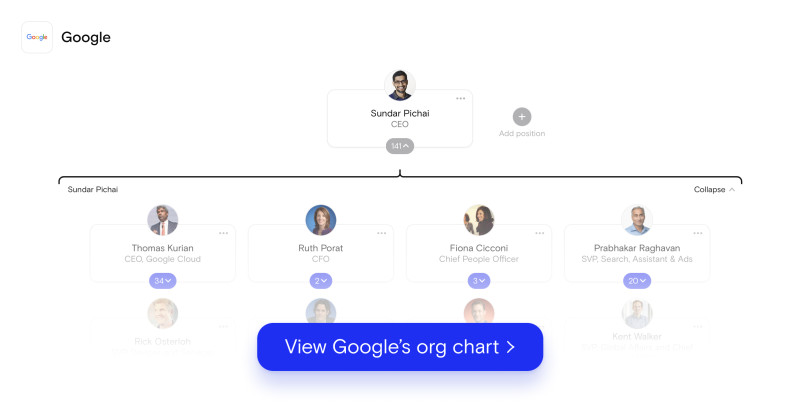- Iterate
- Organizational Structure
- Breaking Down Google’s Matrix-Style Org Chart
Breaking Down Google’s Matrix-Style Org Chart
Table of contents
When founders Larry Page and Sergey Brin first launched Google in 1995, it was named Backrub. In 1998, it was incorporated as Google and, in 2015, changed its name to Alphabet. As Google has evolved, so has its complex org chart. See who the people with power are at one of the world's biggest companies.
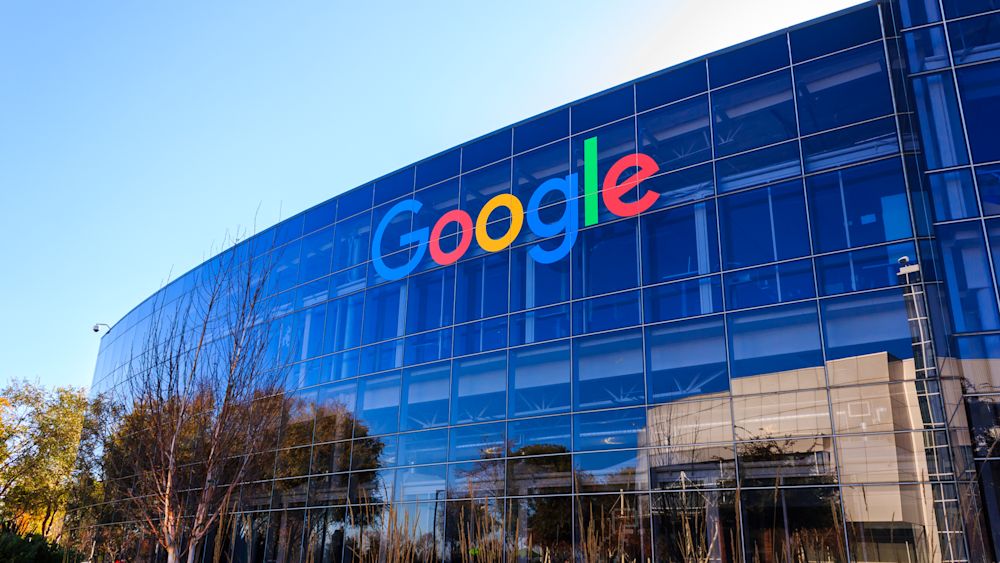
In true startup lore, Google was first started by two Stanford University students, Larry Page and Sergey Brin, who toiled away in their dorm rooms trying to “organize the world’s information and make it universally accessible and useful.”
The pair first launched the service as Backrub in 1995, and soon after renamed it Google — a play on a mathematical term for the number 1 followed by 100 zeros.
In the years since, Google has grown over the past two decades from its first offices in a Menlo Park garage to the world’s most powerful internet search engine.
As Google grew, founders Page and Brin stepped down from their C-suite roles in 2015 and formed Alphabet, so that it could expand to projects outside of internet search and advertising. Google’s parent company which now oversees 160 subsidiaries including Waymo, Fitbit, Sidewalk Labs, and, of course, Google.
Google’s rapid growth and ubiquitous power are directly tied to its evolving internal structure, which is mapped in a cross-functional matrix of team leaders and collaborators. The Org examined some of the key influential teams inside Google’s burgeoning org chart to check out some of the most powerful people inside the company.
Google Search
Google Search is Google’s most well-known product and is still similar in design to the first prototype that Page and Brin imagined. Google Search is so powerful as a search engine it’s even coined its own verb in the dictionary.
Leaps and bounds from the simple internet search tool it was created for, Google Search has expanded to much more besides information retrieval. Google Ads, Assistant, Maps, Commerce, and Payments all fall under its umbrella, and the 20,000-person megateam is captained by SVP Prabhakar Raghavan.
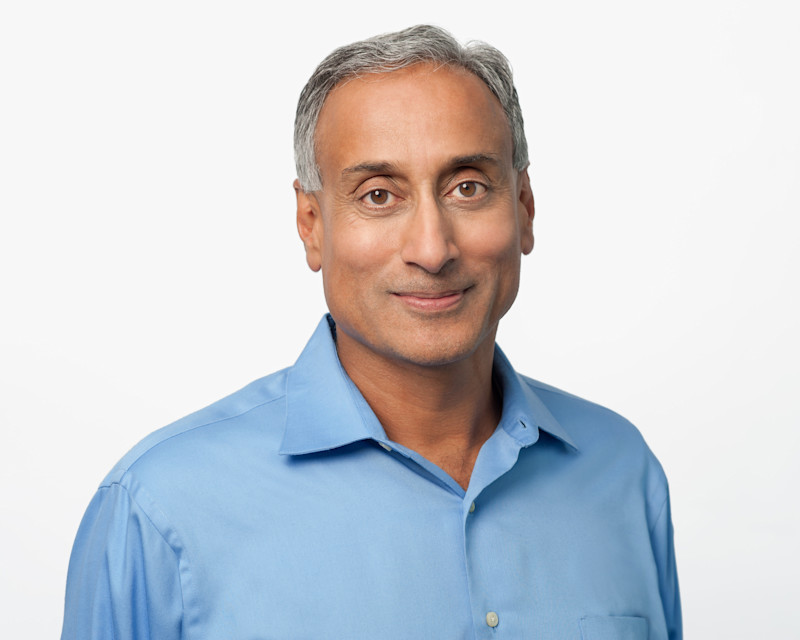
Raghavan joined the Google team back in 2012, bringing with him an extensive career in computer science and search tech. He was previously working on internet search engines at IBM when he was offered a teaching position at Stanford University in the 1990s, where he had many conversations with the two students that founded his future employer. He later went on to develop the search engine lab at Yahoo in 2005.
Raghavan started a new role in 2020 as SVP of Search, Assistant and Ads, where he oversees almost everything the Google Search engine touches, and he’s also responsible for the infrastructure teams that provide the software backbone for Ads, Search, and other groups.

His team of directors that sits below him helps him juggle the ever-extending arms of the Google Search machine. Among them are Jerry Dischler, a Google veteran since 2005 that now works as the VP and General Manager of Ads; Richard Gringas, a digital media pioneer and outspoken journalism activist as VP of Google News; and co-heads of Google Maps/Geo Liz Reid and Dane Glasgow. The pair took over from Jen Fitzpatrick, a prominent Google executive who was promoted to run the company’s 8,000-person central engineering team. Glasgow is a serial entrepreneur and an eBay alum, while Reid is the first-ever female engineer to work at Google’s New York City office.
Google Cloud
Lurking underneath the surface of all Google’s end-user products is Google Cloud. It covers physical assets like computers and hardware but also includes Google’s vast array of data servers.
Google Cloud runs on the same user interface that Google uses internally for popular products, such as Google Search, Gmail, file storage and YouTube.
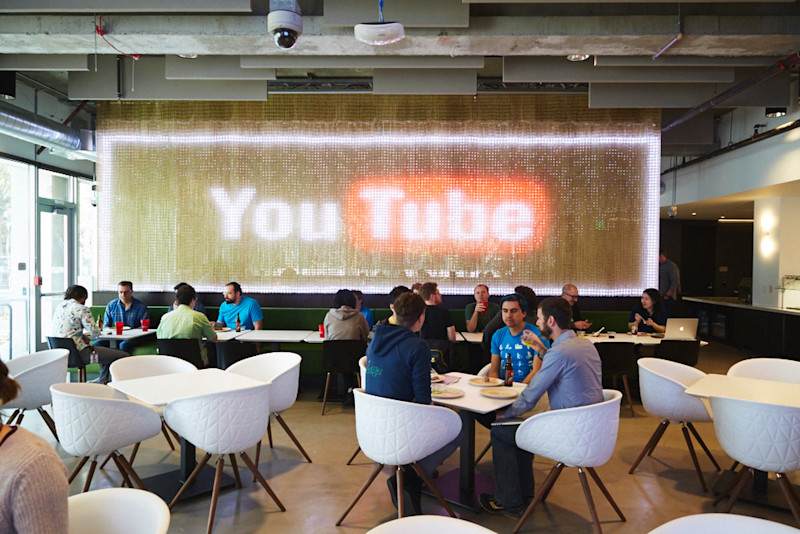
Leading the team is Google Cloud CEO, Thomas Kurian. Kurian was President of Product Development at Oracle for 22 years before replacing Diane Greene as CEO in 2019. His direct reports include President of Cloud Sales Robert Enslin, who previously worked as a longtime sales and operations leader at SAP; VP and GM of Google Workspace Javier Soltero, the former VP of Microsoft’s Cortana; and Andrew Moore, VP and GM of Cloud AI and Industry Solutions.
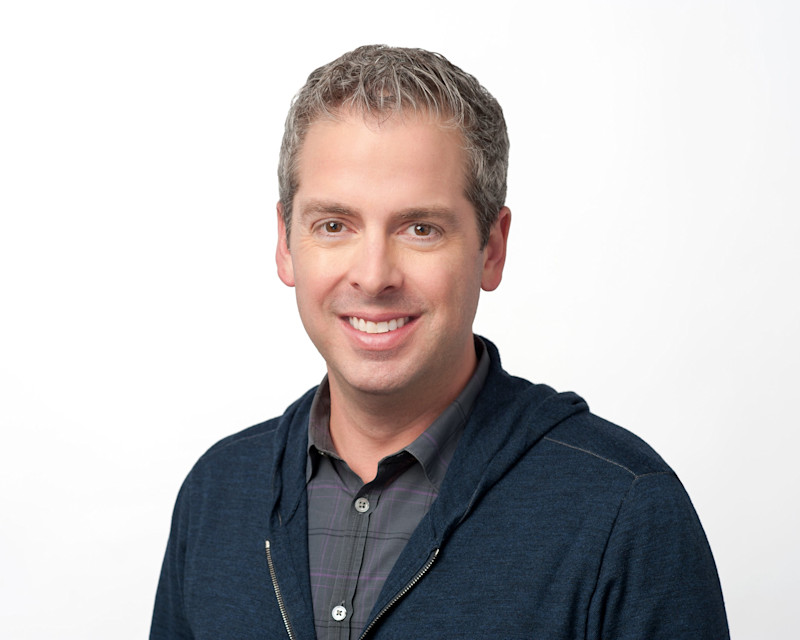
Spearheading marketing efforts across Google Cloud Platform, G Suite, Maps, Chromebooks and Education is CMO Alison Wagonfeld. Wagonfeld previously worked as an operating partner for Emergence Capital Partners as well as Executive Director for the Harvard Business School California Research Center.
Devices and Services
Google has built up a reputation for experimenting with projects in seemingly every facet of technology. Electronic devices are no exception. SVP of Devices and Services Rick Osterloh and his team run the development of all Google gadgets, such as Pixel, Nest, Google Home, Stadia, Google Lens and explorations in AR and VR. This is Google’s pioneering frontier, and it is competing with other tech giants including Apple and Amazon in producing devices.
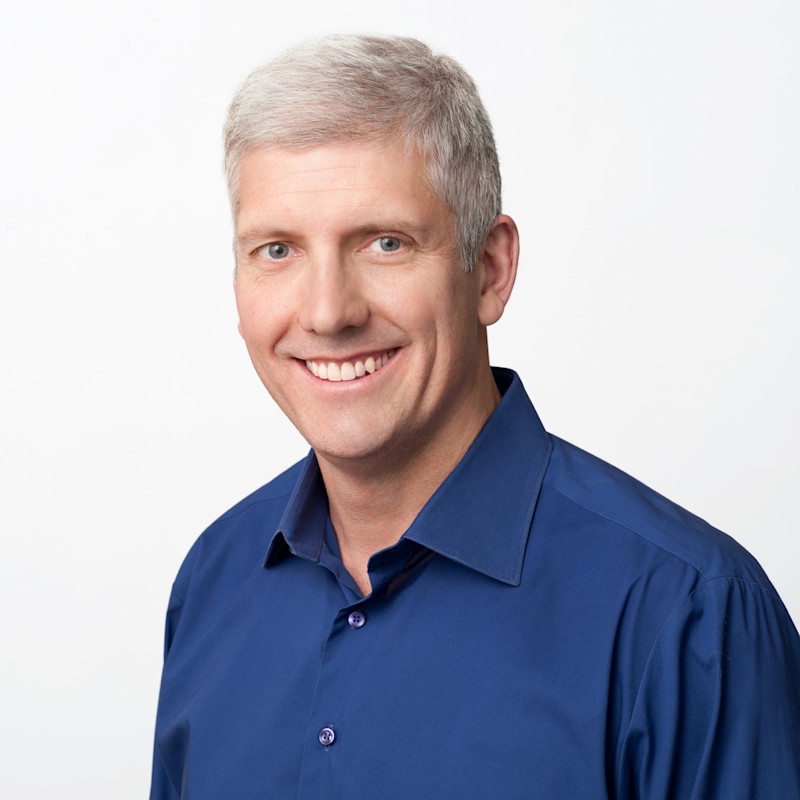
The main player on Osterloh’s team is Rishi Chandra, VP, Product and General Manager at Google Nest. Chandra is in charge of all Google’s hardware devices, such as Nest, Home and Chromecast. He joined Google in 2006 as a product manager for Google Apps and worked his way up to becoming a leader for Chromecast and Home Products before he landed his current role.
Of course, no analysis of Google’s team would be complete without mentioning its top-notch technical team. The current technical infrastructure and engineering team was shaped largely by Urs Hölzle, Google’s eighth employee.
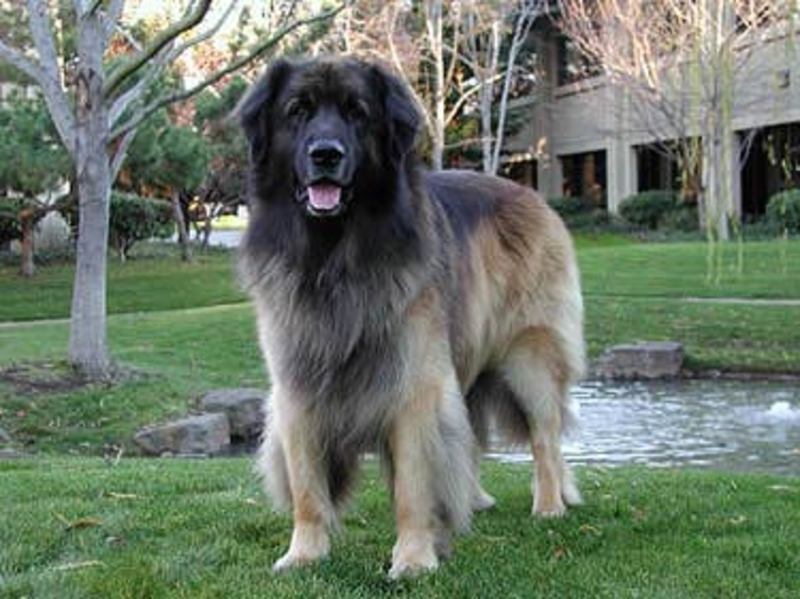
Known for his red socks and free-range Leonberger Yoshka (memorialized with a small museum and cafe on Google’s campus), Hölzle was working as a professor of computer science at the University of California, Santa Barbara before he joined Google. He now oversees the design, installation and operations of the servers, networks, and data centers that power Google’s services. According to his org chart bio, Hölzle and his team have reduced the energy used by Google data centers to less than 50% of the industry average.
--
The Org is a professional community where transparent companies can show off their team to the world. Join your company here to add yourself to the org chart!
